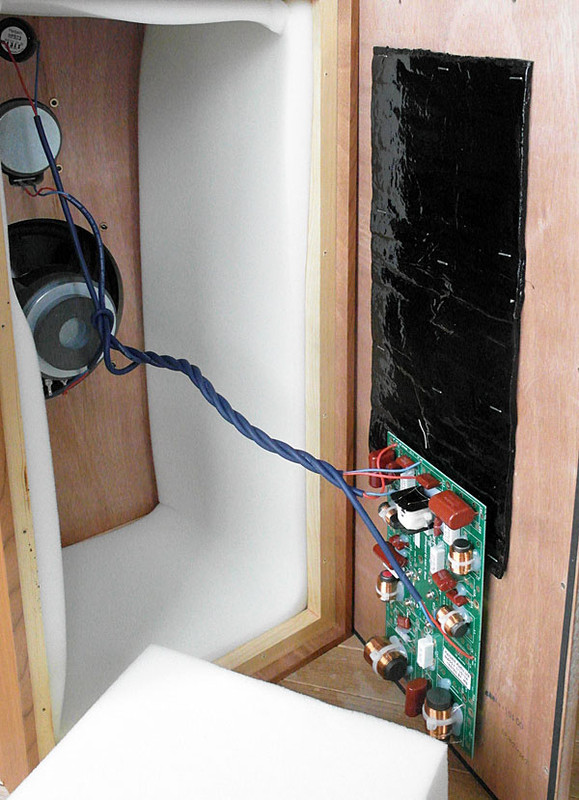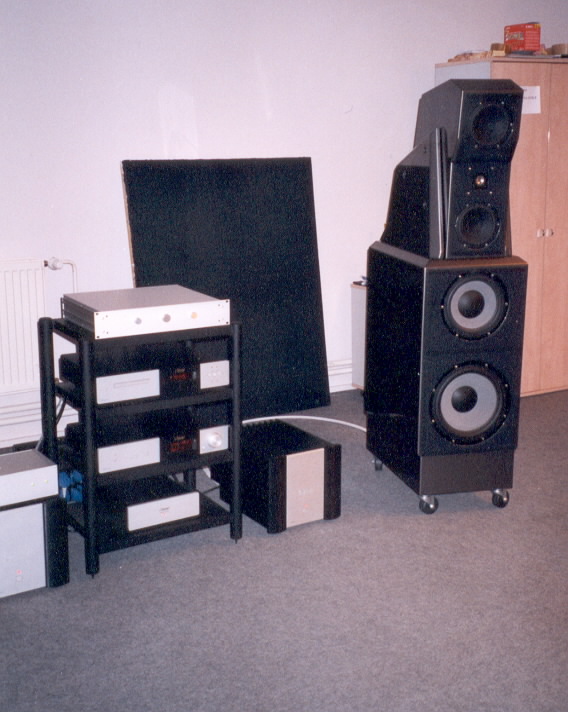- Thread Starter
- #261
I was reporting the temp and such but people got concerned that it made a difference so I stopped. So far I have found no correlation between environmental factors and measurements. Speakers have wide operating range and they better work as well throughout that range.* it might be interesting to post the ambient temperature and relative humidity at the time of the test. Cone materials (paper, treated or not, come to mind), cabinet materials (wood, MDF, plastic, etc.), box stuffing (polyfill, rockwool, fiberglass, etc.) and even motors (voice coil heat generation), can behave a bit differently in varying climates. Not mission critical, just interesting.
Nothing in measurements should be examined at a level deep enough to expose such factors.


